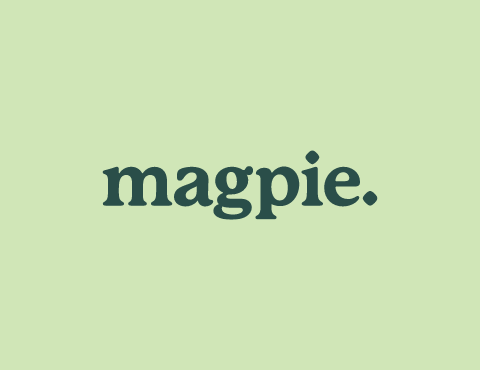There are many ways to communicate ideas. Here at Magpie, creative communication means finding the right tool for the job. If we want our campaigns to achieve their goals, we need to find ways to speak to people. This could be through design. It could be on screen or a piece of paper. A lot of elements will come together to make a successful campaign. But one thing is sure: words matter.
Writing simple copy
Being clear in our communication is a priority. When it comes to our words – whether in a workshop presentation or podcast introduction, campaign materials or impact report – our goal is clarity. What is it we are trying to say, and how best can we say it?
Often we are trying to explore complex ideas or difficult subjects in a way that makes them accessible and easy to understand. The temptation can be to simplify the message, but this is not the goal. Simple copy does not mean the content is simple. It does not mean leaving out technical jargon or long words. But it might mean taking time to explain them.
Write for your audience
The goal of simple or plain language is not to ‘dumb something down’ but to reach an audience in an inclusive and accessible way. When we are working on a campaign, we are immersed in the subject. We are working with experts in their field and every topic has its own language. So we need to remind ourselves that our reader or listener does not have the same experiences and we cannot assume what they know. Write for everyone who might be interested.
Before we begin any piece of writing, we can ask ourselves three questions:
- Who is reading this (or listening to it) – AUDIENCE
- What are we communicating – STORY
- How are we communicating – MEDIUM
We could have put these questions in any order, because the answer to each will also impact how we answer the others.
At Magpie, this is something we think about a lot in our work. Our communications campaigns are based on the three pillars of our approach – behavioural science, creativity and collaboration. The audience, the message and the medium are at the heart of this.
We also recommend, when possible, to test writing with your target audiences. Coproduction strengthens communication, especially when ideas and words can be tested with a representative sample of your audience.
What are we communicating – what’s the story?
One thing that can really help clear and precise communication is if we are clear as writers what it is we are trying to communicate. What is the goal of any piece of writing? What is the story we are trying to tell? What is the call to action? What do we want our readers to do with the information we are giving them?
The answers to these questions will not only influence the detail of our writing but how we shape and structure our copy.
How are we communicating – putting it together
Although every piece of writing will be different, based on the audience, the story and the medium, there are some practical tips for creating simple copy that are always worth thinking about:
- Structure – write with precision. If your thoughts and structure are muddled, it will be hard for the reader to follow and understand
- Split it up – the longer the text, the more it needs to be scannable. Use subheadings to summarise the main points. Use lists and bullet points
- Use short sentences and short paragraphs
- Embrace the white space – think about how the words will look on the page or screen
- Speak directly to the reader. Let them know they are reading the words of a real person. Use “you” and “we”
- Search out unnecessary words – “completely finished” or “tentatively suggest”
- Don’t assume people know what acronyms stand for
- Define uncommon terms
- Avoid what reads like bureaucratic language. So we will “start” something instead of “commencing”. We will speak of something being “before” rather than “prior to”
- Be careful of idioms and colloquialisms. A good tip is to always write for an imaginary reader for whom English is a second language
Finally, think about using a readability test to help check your writing. For example, The First Word test uses a scale from 0-100 (Very Difficult to Super Simple) to measure any block of text. At Magpie we are more often than not aiming to land our copy between 60-70 (Plain English) and 70-80 (Easy).
For reference, the article you’ve just read scored 70.56 – Easy.
